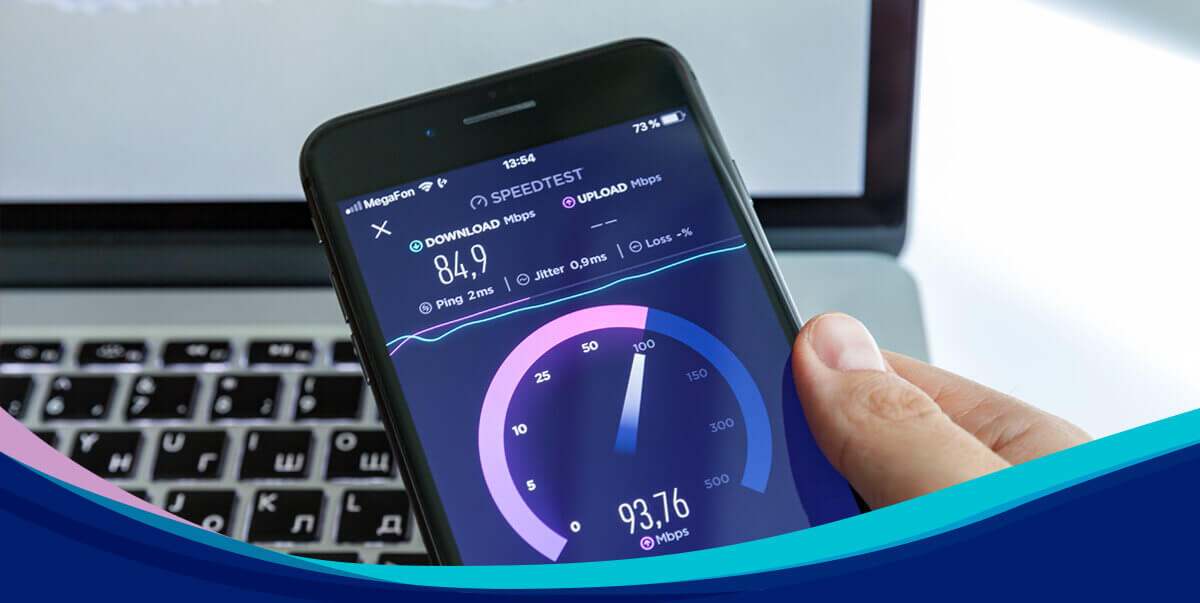
Rundown:
- Acer, a company primarily recognised for computer hardware, may potentially be working on a technology to reduce lag (latency) between players in online multiplayer video games based on their response to in-game notifications.
- The gaming system includes a gaming server that establishes a connection with the player devices and coordinates their interactions during gameplay.
- The gaming server can send an in-game notification to player devices and determine a common throughput (a measure of data transfer speed) between them based on their responses.
- The gaming server can also determine whether to share its graphics processing unit (GPU) with a player device based on the current throughput of the player’s connection.
- The gaming server can adjust the resolution and frame rate of graphics processing for a player device based on its current throughput and monitor the network connection between player devices to determine whether to change the current network mode based on the connection status.
Acer, a multinational hardware and electronics corporation specializing in advanced electronics technology based in Taiwan, is one of the world’s oldest and most widely recognised computer hardware companies, being in business for more than four decades now. From computers and laptops to smartphones and peripherals, there’s hardly any computer hardware technology that the company hasn’t contributed to. Predator Gaming, the gaming-centred division of computer hardware from Acer, is widely recognised among players in the video game community for its high-performing and future-oriented lineup of gaming hardware, competing with the likes of Lenovo Legion and Alienware.
While Acer is primarily focused on the gaming side of computer hardware, it seems like the company may be making its way into the software side of the video game industry, as it was recently awarded a patent that discusses a way to reduce lag, or latency, between players in online multiplayer video games by determining a common throughput (a measure of data transfer speed) between their devices based on their responses to in-game notifications (invitations). While the patent also focuses on the hardware side of the technology, it seems like the primary function of the technology is through software.
Earlier today, we came across a recently published patent from Acer titled “GAMING SYSTEM AND OPERATION METHOD OF GAMING SERVER THEREOF,” which was filed in May 2022 under the name of Acer Incorporated. The patent, which was published in December 2022, describes a gaming system and method for allowing a group of player devices to play a video game together over a network. The gaming system includes a gaming server that is connected to player devices and is responsible for coordinating their interactions during gameplay. The gaming server can send an in-game notification to the player devices and determine a common throughput (a measure of data transfer speed) between them based on their responses to the in-game notification. The gaming server can also determine whether to share its graphics processing unit (GPU) with a player device based on the current throughput of the player device’s connection. The intent of these features is to allow the player devices to play an online multiplayer video game smoothly and without waiting for each other.
“A gaming system and an operation method of a gaming server thereof are provided. The gaming system includes multiple player devices and the gaming server. The gaming server establishes a network connection with the player devices,” reads the abstract for the patent. “In response to one of the player devices initiating a game, the gaming server sends a game notification to the player devices according to a player list. The gaming server determines a common throughput between the player devices based on a response of each of the player devices to the game notification.”
The patent states, “For example, different player devices have different transmission control protocol (TCP) throughputs. Due to the difference in the TCP throughputs, different player devices may wait for each other during the game, resulting in game lag and/or other phenomena.” Hence, the patent primarily aims to reduce lag (latency) between players in an online multiplayer video game session. In this context, the “wait” likely refers to the lag caused between two players in an online multiplayer video game, also known as latency, which can be caused by many factors, including the distance between the player’s device and the gaming server, the amount of traffic on the network, and the processing power of the player’s device. By determining a common throughput between the player devices and possibly sharing the gaming server’s computational power with the player devices, the gaming system aims to reduce latency and improve the smoothness of gameplay for all players.

According to the claims made by the patent, the gaming server sends an in-game notification to the player devices and determines a common throughput between the player devices based on their responses to the notification. In this case, the in0game notification may include a welcome screen, and the gaming server may send a device upgrade notification to a player device if its response time to the welcome screen is greater than a certain time threshold. It further specifies that the device upgrade notification is sent to an invited player device if its response time is greater than the time threshold. Furthermore, the gaming server may send the in-game notification to inquire about the transmission memory size of a player device and determine the common throughput based on the transmission memory sizes of the player devices, possibly using the smallest transmission memory size as the common throughput. In this context, the transmission memory size may likely refer to the latency (or ping).
In addition to this, the gaming server may also notify the player devices to set their rated throughput based on the common throughput for better connectivity. Likewise, the gaming server may check the response of a player device to an in-game notification with a time stamp and determine whether the player device is a legal player based on its response. Furthermore, the gaming server may also be capable of dynamically determining whether to share its graphics processing unit (GPU) with a player device based on the current throughput of the player device’s connection. The graphics processing unit (GPU) sharing may involve the gaming server drawing a current graphic and sending it back to the player device using its graphics processing unit (GPU). Additionally, the gaming server may also broadcast the current graphic to other player devices. Suppose the gaming server cancels the graphics processing unit (GPU) sharing with a player device. In that case, it may set the player device to a streaming mode, where the player device’s graphics processing unit (GPU) draws the current graphic, and the gaming server broadcasts it to the other player devices.
The gaming server may also adjust the resolution and frame rate of the graphics processing based on the player device’s current throughput and preset performance level. Furthermore, the gaming server may monitor the network connection between the player devices and determine whether to change a current network mode based on the connection status and a preset performance level. Hence, this technology can also help improve the video game’s performance for players with lower-powered devices.
It’s unclear when or if Acer plans to implement this system into video game development processes, particularly since the company doesn’t develop any video games, but the patent does represent a major step forward in the world of online gaming and is sure to be favoured among players wanting a seamless and enjoyable gaming experience with other players. The gaming system’s ability to not only drastically improve the internet connectivity for players in online multiplayer video games but also the graphical experience can potentially make it a worthwhile addition to the video game development process.
What do you think about this? Do tell us your opinions in the comments below!
Similar Reads: Sony Patent Suggests Interactions Based On Player Reaction Time
https://gamesual.com/news/acer-reducing-lag-online-games/






